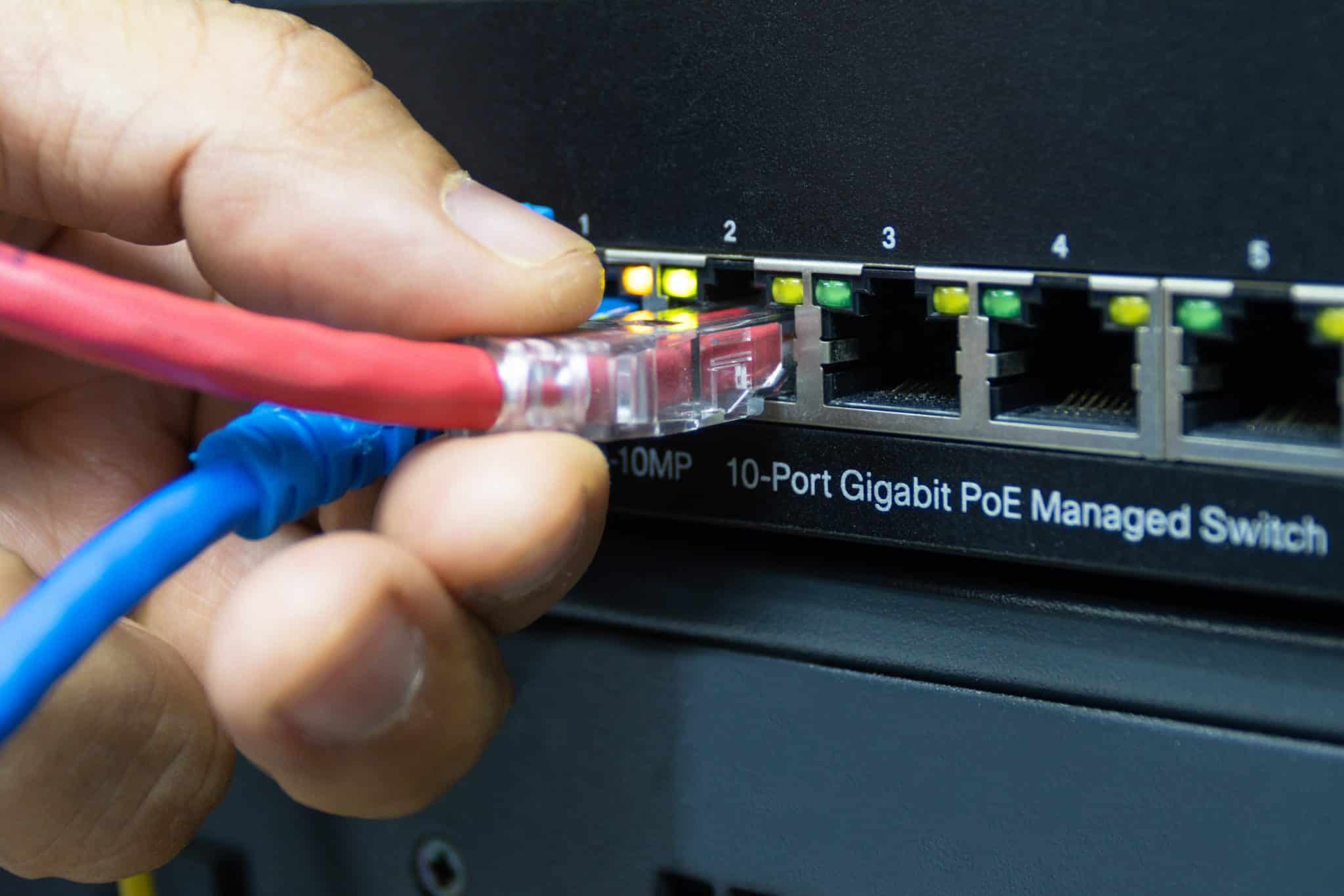All about routing and switching
It’s all about connections! Through business networks, employees within a company can connect with each other. They can also be connected with customers, as well as business partners. Business networks can also be used to connect employees with essential applications and the internet.
With the help of a business network, you can ensure that your employees can easily share and access information. Consider how you can connect to the internet during presentations. It’s through your network. Similarly, the software of your company is on the network as well. Your business network can also enable you to send important messages to employees as well as partners.
Routing and Switching: What Are They?
A network needs the help of two components in order to connect peripherals as well as computers. These are switches as well as routers. With the use of switchers and routers, devices that are connected to your business network can communicate with each other. They can also share with other networks.
Switches and routers tend to look similar, but they have different functions.
Switches
Switches enable multiple devices within an area to be connected to the same network—for example, a commercial building like an office space or University. Switches can be used to connect to create a network of resources that are shared. This can be done by connecting multiple devices or equipment like the printer, the computer, and servers to share information within that network.
The switch acts as the controller, enabling multiple devices to share information among themselves. Businesses can save money while also increasing productivity with the help of switches.
Switches can be of two types. They can either be managed or unmanaged. If you opt for an unmanaged switch, you won’t be able to make changes. This can often be found in networking systems in homes. Should the switch be managed, you can access and program it. You get more flexibility as you’ll be able to monitor the switch and adjust it depending on traffic on the network.
Routers:
Various networks can be tied together with the help of routers. A router, for example, can be used to connect a computer to the internet. The router plays the role of a dispatcher, allowing an internet connection to be shared by multiple users.
You can also opt for routers with functions that are specialized. These include routers with a firewall or one that supports VPNs.
The Benefits of Routing and Switching and How Businesses Use Them
Business communications can be improved with the help of routing and switching. Businesses can:
- Share applications: Staff can be provided access to applications, and employee productivity can be improved. Even staff located in different areas will have access to critical work information.
- Accessing information: Information can be shared and managed more efficiently. You’ll also be able to review what’s happening in your business. To make sound business decisions, you’ll need access to information in a timely manner. Improve your visibility into business information in real-time with the help of switching and routing.
- Improve Customer Service: Customer information can be accessed more readily. You’ll also be able to boost customer responsiveness.
- Operating costs will be reduced: Office equipment will be shared, which reduces your costs. You’ll also be able to provide employees with a high-speed and reliable internet connection.
- Security improvements: You can reduce risk by protecting valuable business information. For example, some routers have firewalls built-in and an Intrusion Prevention System. These look at the data coming in and help protect your business from attacks.
- Remote connections can be enabled: Mobile workers will have remote access while not needing to worry about security either. With the help of switching and routing, employees can work remotely without problems.
Hiring an IT Networking Professional
Installing and configuring switches and routers can be difficult for people who don’t know what they are doing. Hiring an IT networking professional ensures that you get good service and that your business can gain access to switching and routing services as soon as possible.
An IT networking professional can install your new business network and show you how to make the most of switching and routing.




